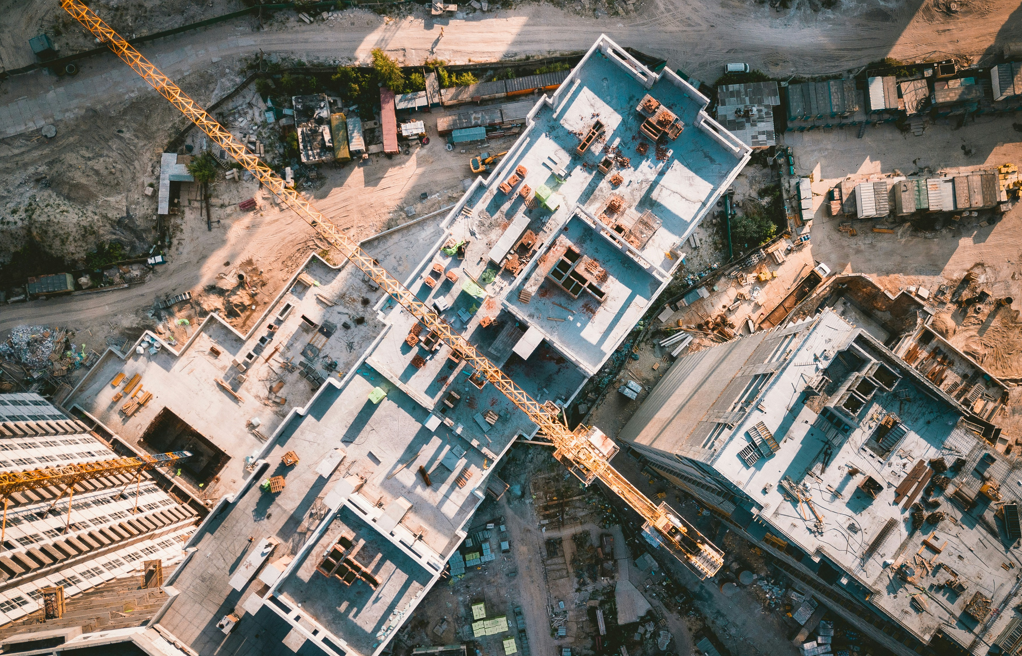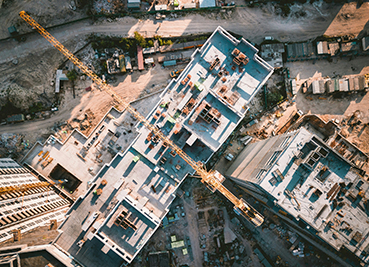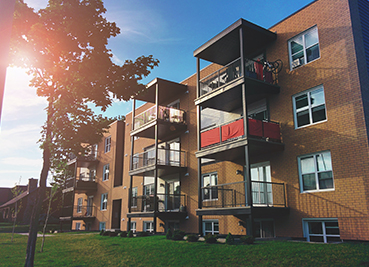
As seen in The Denver Post
Despite slower population gains, developers can’t build enough units
Developers in metro Denver added a record number of apartments in the second quarter and housing-hungry tenants, like Oliver Twist, swallowed them all up, held out their empty bowls, and said “Please sir, I want some more.”
Metro Denver developers provided a record 7,349 new apartments in the second quarter. Over the past 12 months, they have added 18,831 apartments and over the past two years, 31,235 units, according to the Apartment Association of Metro Denver’s second-quarter vacancy and rent report.
The multifamily construction surge is the strongest the region has seen since the 1970s when Colorado was coping with an influx of baby boomers chasing a Rocky Mountain high.
Tenants leased or “absorbed” a record 7,892 units in the second quarter, exceeding what came onto the market. That activity is remarkable because migration into Colorado has slowed significantly since the pandemic.
Colorado’s population gains ran above 70,000 most years last decade and almost reached 100,000 in 2015 on waves of newcomers. But since the pandemic, population growth has averaged under 30,000, and net migration from other states has largely dried up, according to the U.S. Census Bureau.
Pouring so much new supply into a market with weaker population growth should result in more empty apartments, falling rents and desperate landlords. But the vacancy rate fell to 5.6% from 5.8% in the first quarter and rents stayed stable.
Average rent came in at $1,903, an increase of 1.3% or $25 in the past 12 months, and 2.3% or $43 in the last two years, according to the AAMD report.
“In the 44-year history of this report, we have the highest 12-month delivery of new apartments we have ever had, with 7,399 new units delivered this quarter and nearly 19,000 units delivered in the last 12 months,” said Mark Williams, executive vice president for the AAMD in comments accompanying the report.
Vacancy rates decreased in Adams, Arapahoe, Boulder/Broomfield and Douglas counties, were flat in Jefferson County and rose slightly in Denver, where much of the multifamily construction is concentrated, to 6%. Boulder and Broomfield had the lowest vacancy rate in the metro area at 4.8%.
“The newest buildings (constructed since 2020) still had the highest vacancy at 6.2%, an increase of 0.1% over last quarter. On the other hand, buildings constructed prior to 1970 continue to have the lowest vacancy at 5%,” said the report’s author, Cary Bruteig with Apartment Insights.
So who is renting all the new apartments? One theory is that population growth is slowing due to more older residents moving out to more affordable markets, while young people, who are more likely to rent an apartment, are still coming to metro Denver for job opportunities.
Another theory is that large numbers of people live with their families or nonrelatives, representing a backlog of demand that the market hasn’t been able to meet. High home prices and high interest rates have also kept more people renting who might have otherwise purchased a place.
Orphe Divounguy, a senior economist at Zillow, estimates that metro Denver has a little over 70,000 “missing” households, or households who have doubled up with nonrelatives and would likely get a place if they could afford it.
A study from Apartment List found that 17% of 25- to 35-year-olds nationally continue to live at home in 2022, the highest levels seen since the 1940s when the country was trying to shake off the Great Depression.
Metro Denver fares better in that regard, with only 11% of 25- to 35-year-olds living with their parents — the fourth lowest rate among the 50 metros studied. But a larger share of young people are living with their parents than in 2000, when only 7% of Denver area residents in that age range were at home.




